Keeping unused or expired medications in your medicine cabinet isn’t just messy-it’s dangerous. Every year, over 45,000 children under six end up in emergency rooms after accidentally swallowing pills they found at home. And it’s not just kids-over 70,000 people die each year from prescription drug misuse, often because leftover pills are easily accessible. The good news? You can stop this before it starts by disposing of medications the right way.
When Should You Throw Medications in the Trash?
Not all medications belong in the trash. The FDA maintains a short list of 15 high-risk drugs that should be flushed down the toilet immediately if a take-back program isn’t available. These include powerful opioids like oxycodone and fentanyl, and sedatives like alprazolam. Flushing these specific drugs prevents them from being misused or stolen, especially in homes with teens or visitors who might be tempted.For everything else-antibiotics, blood pressure pills, pain relievers, antidepressants, and most other prescriptions-the safest option when no take-back program is nearby is to throw them in the trash. But you can’t just toss the bottle in the bin. Improper disposal still lets drugs leak into landfills and eventually water supplies. The EPA estimates that pharmaceuticals are found in 80% of U.S. waterways, mostly from improper flushing or dumping. You need a clear, proven method to make sure your meds don’t harm anyone or the environment.
Step-by-Step: How to Dispose of Medications in Household Trash
There’s a correct way to do this-and it’s simple. Follow these five steps every time.
- Check if your drug is on the FDA Flush List. Look at the prescription label or search online using the exact drug name. If it’s on the list (like fentanyl patches or methadone), flush it immediately. If not, move to step two.
- Remove pills from their original bottles. Don’t just dump them out. Take the pills, capsules, or liquids out of the container. The bottle itself holds personal info-your name, address, prescription number-and that’s a privacy risk. Plus, someone could fish through your trash and find usable pills.
- Mix with something unappetizing. Combine your meds with something gross. Used coffee grounds work great. So does cat litter, dirt, or even used paper towels soaked in vinegar. Use at least a 1:1 ratio-meaning if you have a tablespoon of pills, mix them with a tablespoon of the substance. The goal is to make it look and smell disgusting. Do not crush tablets or capsules. Crushing can release dangerous fumes or dust, especially with strong painkillers.
- Seal it in a leak-proof container. Pour the mixture into a resealable plastic bag, an empty margarine tub, or a small jar with a tight lid. Make sure it won’t spill or leak. This step stops pets or curious kids from getting into it, even if they dig through the trash.
- Hide your personal info. Take the empty prescription bottle and use a permanent marker to black out your name, address, and prescription number. If you don’t have a marker, cover the label with duct tape or scratch it off with a key. Then throw the bottle in the recycling-if your city accepts #5 plastic bottles. Most don’t, so if you’re unsure, just toss it in the trash too.
This process takes less than 10 minutes. It’s not glamorous, but it’s the difference between someone finding a pill that could kill them and a pile of unrecognizable sludge that no one wants to touch.
Why You Can’t Just Throw Pills in the Trash
Some people think, “I’ll just toss the bottle in the trash.” That’s the most common mistake-and it’s dangerous. A 2021 FDA survey found that 37% of improper disposal cases happened because people didn’t remove or obscure personal information. That means someone could find your name on a bottle of oxycodone and use it.
Even worse, 28% of people use too little mixing material. A few pills mixed with a spoonful of cereal? That’s not enough. A child could still eat it. And 19% of people just dump pills straight into the trash. No mixing. No sealing. No protection. That’s how accidental poisonings start.
Also, don’t assume your local recycling center takes pill bottles. According to the American Chemistry Council, 87% of U.S. municipalities don’t recycle #5 amber plastic-the kind most prescription bottles are made from. So even if you recycle the bottle, it’s likely still ending up in a landfill. That’s why removing the label and sealing the meds properly matters more than recycling the container.
What About Drug Take-Back Programs?
They’re the best option-and you should always try them first. There are over 14,600 authorized collection sites across the U.S., including pharmacies like Walgreens, CVS, and Walmart. Many police stations also have drop boxes. The DEA’s online locator tool helps you find one near you in seconds.
Take-back programs eliminate nearly all risks. The DEA says they reduce diversion by 99.8%. That means almost zero chance of someone stealing your pills. They also prevent environmental damage because collected drugs are incinerated under strict controls.
But here’s the problem: access isn’t equal. In rural areas, only 42% of counties have consistent take-back options. If you live in a small town or remote area, you might have to drive 30 miles. That’s why the trash disposal method exists-to give people a safe backup.
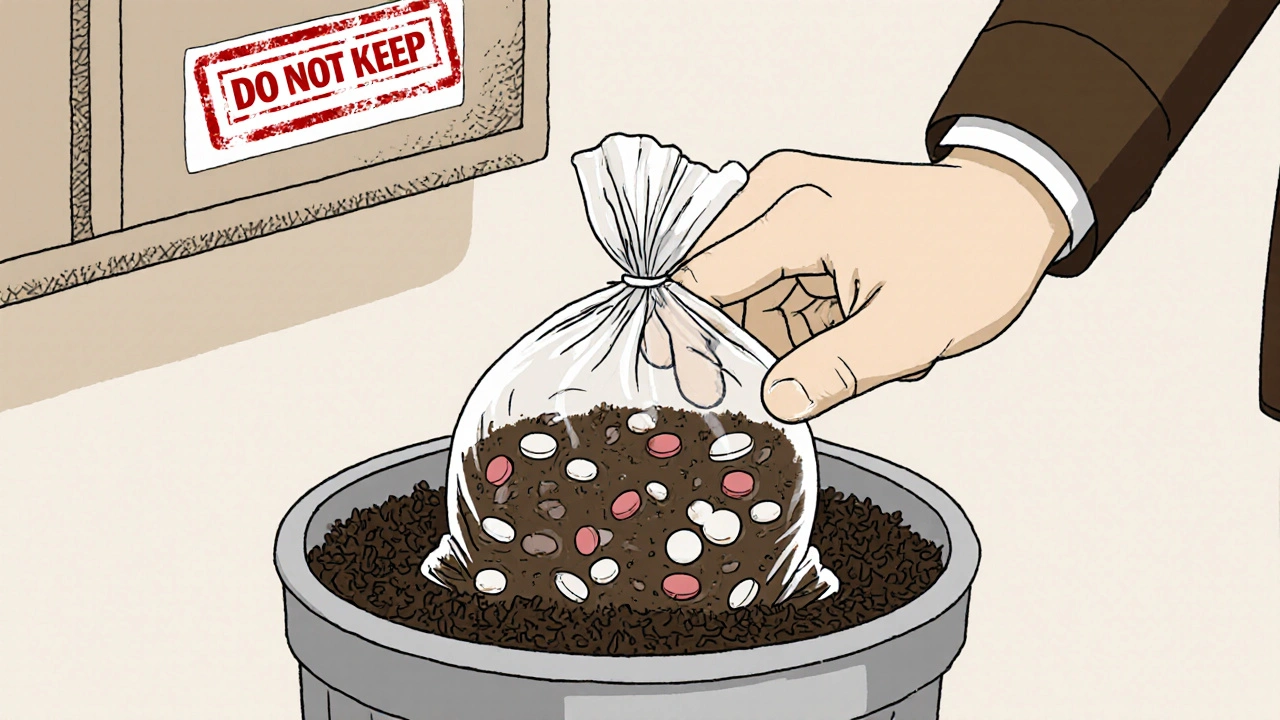
What States Have Different Rules?
California is the big exception. Under state law (SB 212, effective January 2024), you cannot flush or throw any medication in the trash. All pharmacies with four or more locations must offer free disposal kiosks. The state considers even trace amounts of drugs in landfills a violation of its medical waste rules.
If you live in California, you must use a drop box or mail-back program. No exceptions. For the rest of the country, federal guidelines apply. But if you’re unsure, always check your state’s health department website. Some states, like New York and Massachusetts, have stricter landfill rules than others.
What’s New in 2025?
Things are changing. The FDA launched a pilot program in 12 communities to test curbside medication pickup-just like recycling. In its first year, it collected over 8,400 pounds of drugs with 94% user satisfaction. If it scales, this could become the new standard.
Also, Medicare Part D now covers free mail-back disposal envelopes for beneficiaries. You can request one from your pharmacy. These envelopes contain absorbent powder that turns pills into gel, so you just drop them in, seal, and mail. No mixing, no mess.
And in the future, we might see water-soluble packaging that dissolves harmlessly after use. Three manufacturers are already in final testing. But until then, the trash method remains the most reliable backup for millions of Americans.
Common Mistakes to Avoid
- Don’t flush unless it’s on the FDA Flush List.
- Don’t crush pills-especially opioids or extended-release meds.
- Don’t use water to dissolve pills. That just creates a contaminated liquid.
- Don’t throw away bottles without removing your info.
- Don’t assume “it’s expired, so it’s safe.” Expired pills can still be potent-and dangerous.
The biggest mistake? Doing nothing. Over half of Americans still keep unused meds at home. That’s the real risk-not the trash. Proper disposal isn’t about perfection. It’s about reducing harm. Even if you only do half of this right, you’re still safer than leaving them in the cabinet.
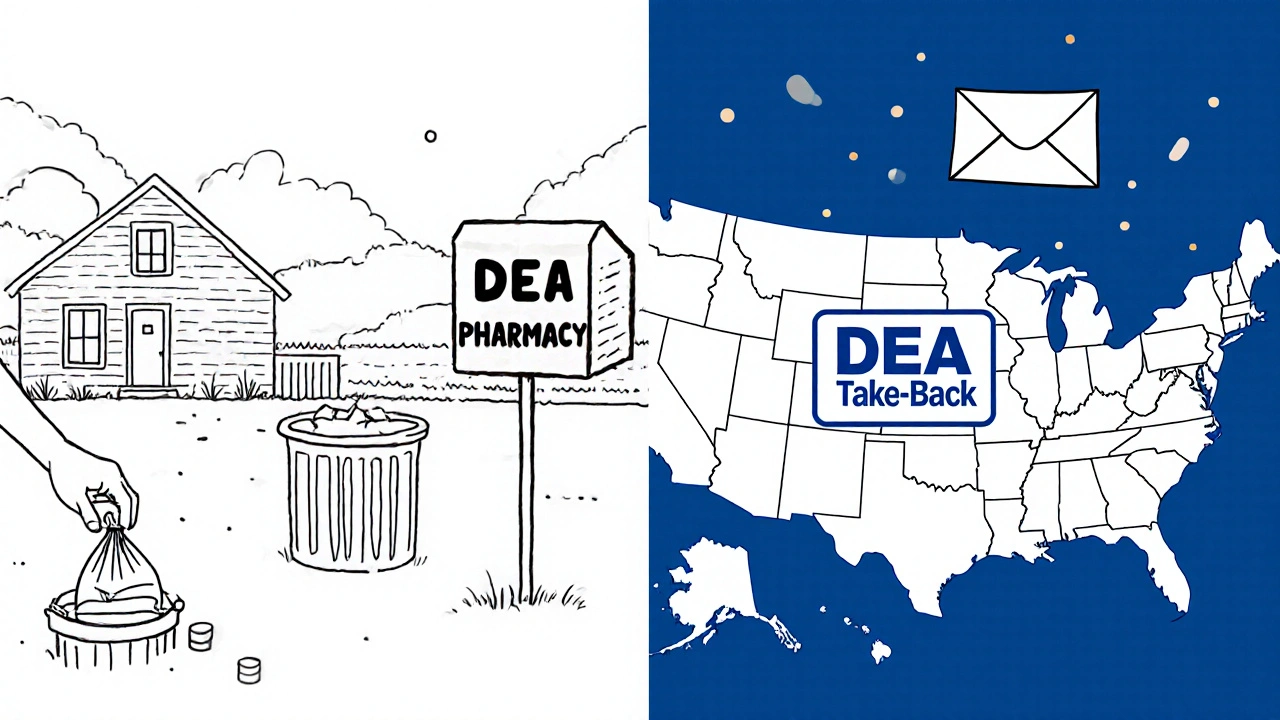
What If You Have Liquid Medications?
Liquids need the same treatment. Pour them into a sealable container with coffee grounds or cat litter. Use a funnel if you have one. Mix well. Seal. Toss. Don’t pour them down the sink or toilet unless they’re on the Flush List. Even a small amount of liquid medication can contaminate water over time.
For syrups or eye drops, you can also soak them into paper towels, then seal those in a bag with the solid meds. The goal is the same: make it unappealing and unidentifiable.
What About Pet Medications?
Same rules apply. Whether it’s your dog’s heartworm pill or your cat’s antibiotics, follow the same steps. Pets can overdose on human meds too. And if your pet accidentally eats something you’ve thrown away, you want to make sure it’s not something dangerous.
Some vets offer take-back programs for pet meds. Call ahead. If not, treat them like human medications.
Final Thoughts
You don’t need special tools, expensive products, or a trip across town to dispose of meds safely. You need coffee grounds, a plastic bag, and a marker. That’s it. The system works. The science backs it. The FDA, EPA, and public health experts all agree.
It’s not about being perfect. It’s about being responsible. One bottle, one pill, one step at a time. You’re not just cleaning out your medicine cabinet. You’re protecting your family, your neighbors, and the environment.


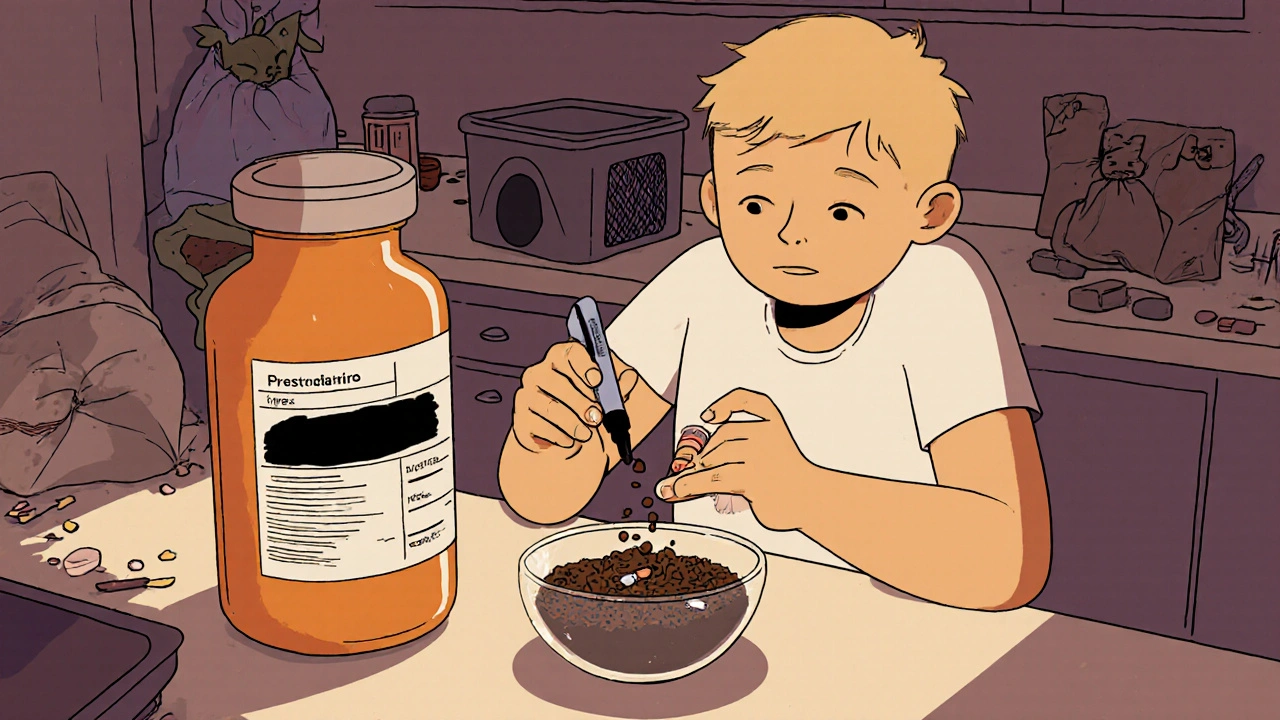

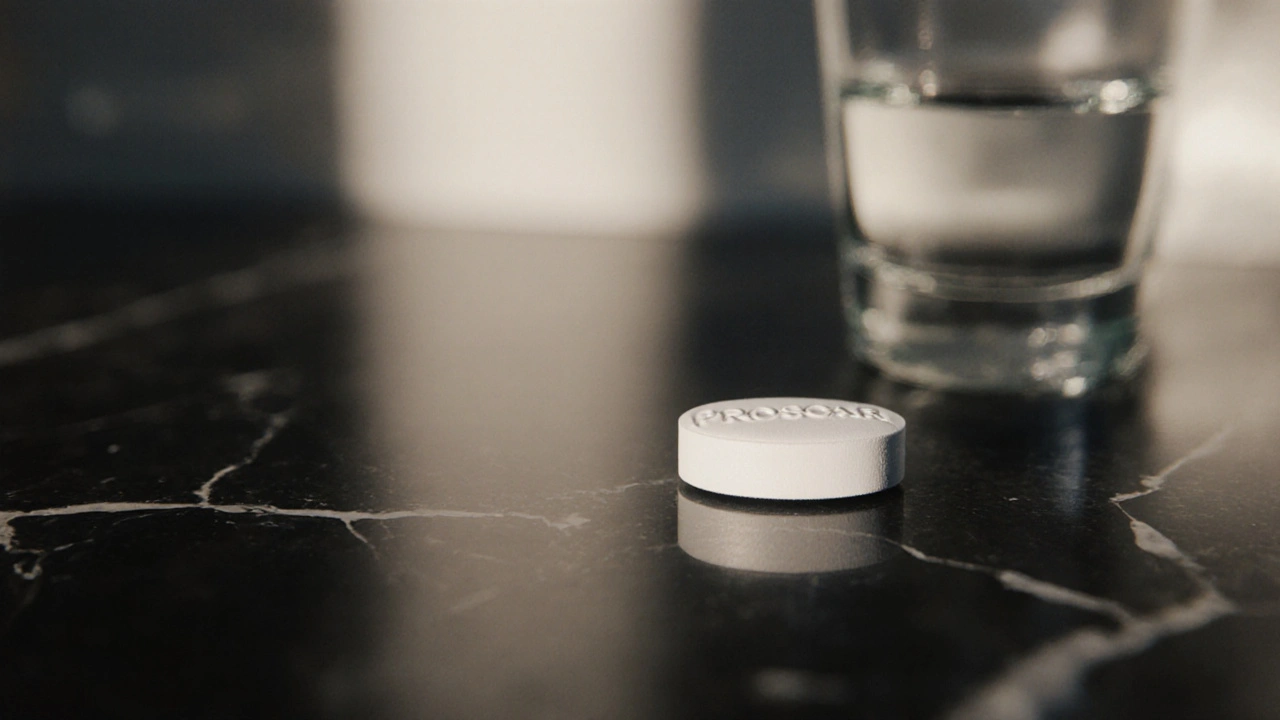
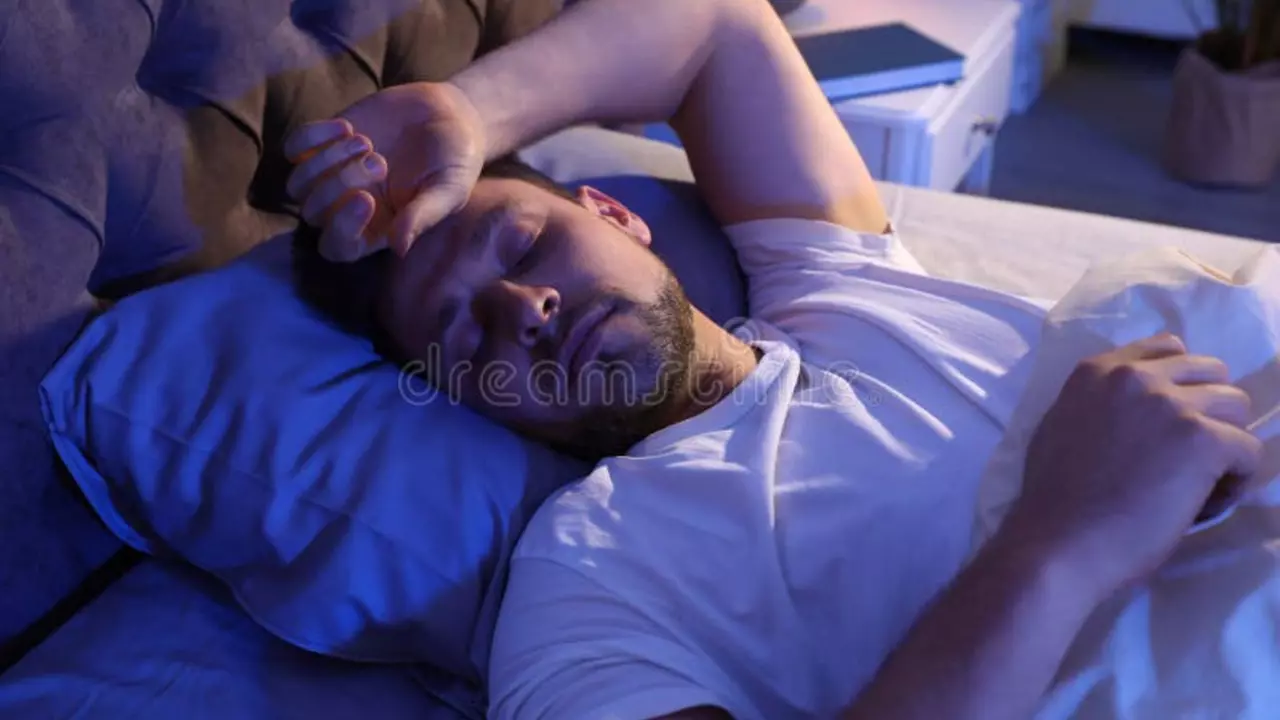
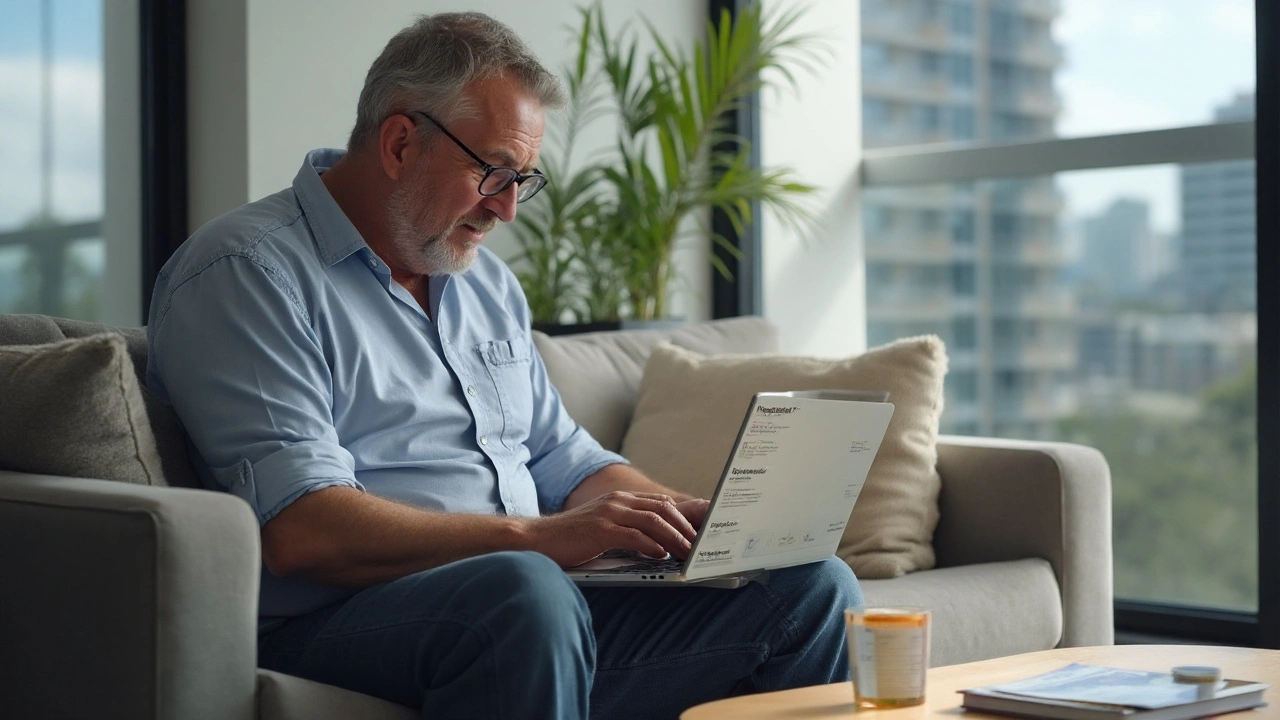

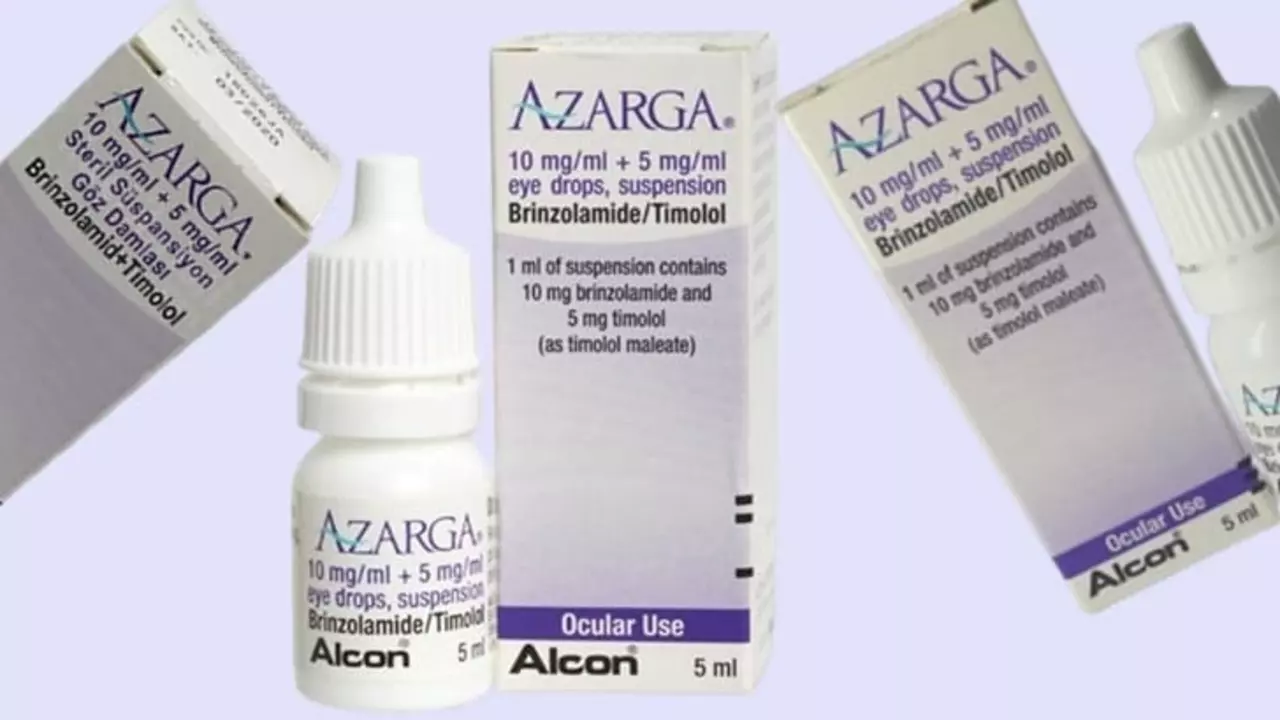
6 Comments